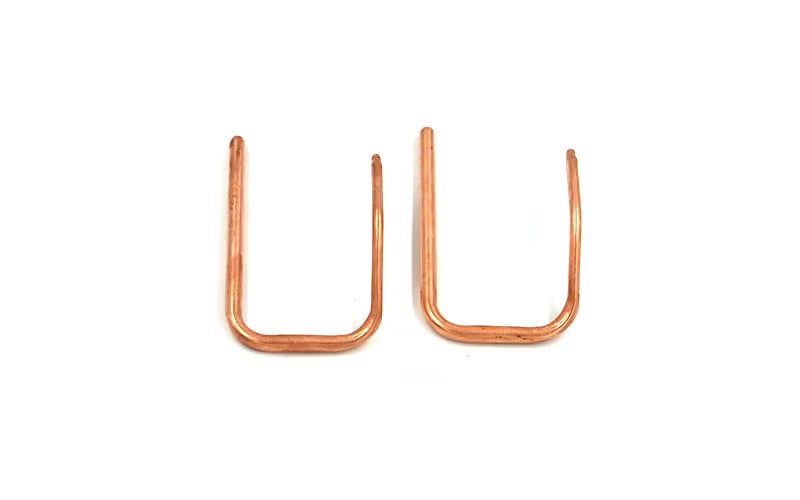Pipe heat sinks are essential components used in electronic devices to dissipate heat generated by the components. They consist of a pipe-like structure that helps transfer heat away from the electronic components, ensuring optimal performance and longevity.
How Does a Pipe Heat Sink Work?
Pipe heat sinks work on the principle of heat conduction and convection. The pipe absorbs heat generated by the electronic components and transfers it along the length of the pipe. As the heat moves along the pipe, it dissipates into the surrounding air through fins or other cooling mechanisms, keeping the components cool.
Types of Pipe Heat Sinks
There are several types of pipe heat sinks available, including straight pipe heat sinks, U-shaped heat sinks, and loop heat pipes. Each type has specific applications and benefits, depending on the electronic device's requirements and thermal management needs.
Benefits of Using Pipe Heat Sinks
Pipe heat sinks offer several advantages, such as improved thermal performance, enhanced reliability, and increased lifespan of electronic components. They also help reduce the risk of overheating, ensuring the device operates efficiently under heavy loads.
Factors to Consider When Choosing a Pipe Heat Sink
When selecting a pipe heat sink for your electronic device, consider factors such as size, material, thermal resistance, and mounting options. It's crucial to choose a heat sink that matches the device's thermal requirements to ensure optimal heat dissipation.
Installation Process of Pipe Heat Sinks
Installing a pipe heat sink requires careful planning and attention to detail. Make sure to clean the surface of the electronic components thoroughly before attaching the heat sink. Ensure proper alignment and secure mounting to maximize heat transfer efficiency.
Common Applications of Pipe Heat Sinks
Pipe heat sinks are commonly used in computers, LED lighting, automotive electronics, and power supplies. They play a crucial role in maintaining optimal operating temperatures and preventing thermal throttling, ensuring the device's performance and reliability.
Advancements in Pipe Heat Sink Technology
With the continual advancements in thermal management technologies, pipe heat sinks have evolved to offer higher thermal conductivity, improved efficiency, and compact designs. Manufacturers are developing innovative solutions to meet the increasing demand for effective heat dissipation.
Challenges Faced in Pipe Heat Sink Design
Designing efficient pipe heat sinks can be challenging due to factors such as size constraints, thermal limitations, and compatibility with the electronic device. Engineers must carefully consider these challenges to create customized heat sink solutions that meet specific requirements.
Future Trends in Pipe Heat Sink Development
The future of pipe heat sink development looks promising, with a focus on enhancing thermal performance, reducing size and weight, and integrating advanced cooling technologies. As electronic devices become more powerful and compact, the demand for innovative heat sink solutions will continue to grow.
Quote Inquiry
Contact us

